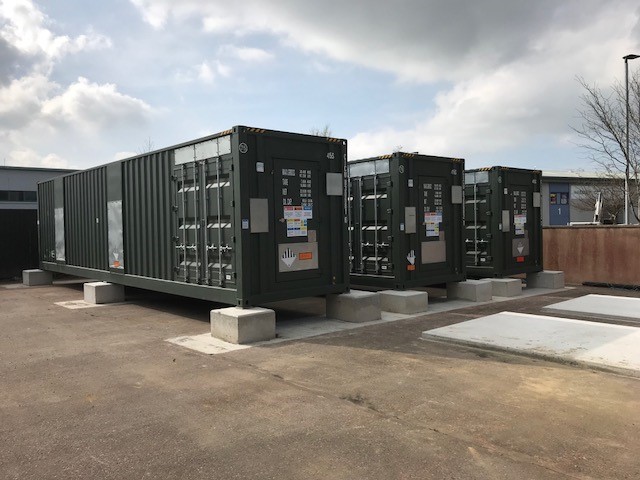While the decline of the market in China (which might be temporary) contributed to a stagnant PV market in 2018, the perception of most actors in the industry was right: The market outside of China grew significantly. With the United States and Japanese markets almost stable, growth came primarily from India, Europe, and emerging markets. From a developer’s point of view, the market expanded almost everywhere, with massive ongoing installations in the gigawatt-range in Australia, South Korea, the UAE, and Egypt, but also in European countries.
Today PV produces less than 3% of global electricity consumption, or below 700 TWh, compared to an electricity consumption soon to reach 25,000 TWh a year. In addition, the growth of power demand every year averages 800 TWh, which means renewables don’t yet cover the increase in demand: They have increased in absolute and relative share, but not yet enough to reverse the course of conventional fuels. With 100 GW of PV and about 53 GW of wind power installed in 2018, variable renewables contributed together to an additional percent of power demand.
With around 20% of annual growth outside of China, and a stable Chinese PV market around 50 GW, the global PV market could reasonably reach 115 GW this year, or even more. This would correspond to a 10 GW increase, which might be considered reasonable. But if India, the second-largest PV market in 2018, starts to deliver at the height of its potential, the end result could be way higher. If this current market development speed continues, an annual 200 GW market for PV could be reached in the coming years.
But to grow faster, the PV market and industry have to take additional steps. We need to avoid short-term support for policies that favor immediate profit and instead look at long-term development. The industry has suffered already from ill-fated support to unconditional financial schemes at the beginning of the decade. It led to massive development in Europe, followed by a halt from which we are still recovering today.
PV’s three false prophets
In that respect, three false prophets should be abandoned rapidly and replaced by smarter concepts: First the myth of net metering, which remains an indirect financial support scheme, should fade out and be replaced by well-designed self-consumption schemes, allowing as well local self-consumption and distant virtual self-consumption.
Once distant or virtual self-consumption becomes a reality beyond current experiments, the second myth will have to be tackled: Local storage of electricity to increase the self-consumption ratio does not solely help PV development. The downside is that adding batteries increases the capex of installations and leads to optimization of self-consumption at the connection point rather than optimizing system adequacy.
Battery storage is also essential to reduce congestion, manage the evening peak, and introduce flexibility into the system. And sure, there are additional benefits of adding a battery in connection to a PV system at end consumers than just to optimize self-consumption. For example, it can reduce the need to strengthen weak distribution grids and it can also, through aggregation, allow property owners to take part and bid for system balancing contracts such as frequency control. But when batteries now are being deployed in larger numbers, we must analyze if it is not more cost and system efficient in most cases to embed them directly in the grid so that they are operated in a way that is best for the complete electricity system rather than to increase individual self-consumption. In addition, vehicle-to-grid batteries can play a similar role.
Third, the blockchain hype which has shaken the industry for some months won’t deliver its promises as currently conceived. If the multiplication of distributed applications indeed requires new ways to account for the energy produced, blockchain concepts could require recording energy transactions at each node, which would generate billions of daily transactions to be recorded at each node. Electricity consumption for such calculations has been proven a disaster for cryptocurrencies. And reducing it by introducing intermediaries would kill at least partially the concept that was about avoiding intermediaries.
These three myths about PV development should be abandoned and smarter polices should be promoted by this industry. This is the condition to move from 100 GW to the terawatt era. PV is not a baby technology anymore, it is in its teen with growth issues and huge development perspective. It is time to become an adult and recognize the central and unique role PV will play in the energy system.
The views and opinions expressed in this article are the author’s own, and do not necessarily reflect those held by pv magazine.
This content is protected by copyright and may not be reused. If you want to cooperate with us and would like to reuse some of our content, please contact: editors@pv-magazine.com.



I am puzzled about PG&E DER program which allows any homeowner to install permanent fossil powered generators